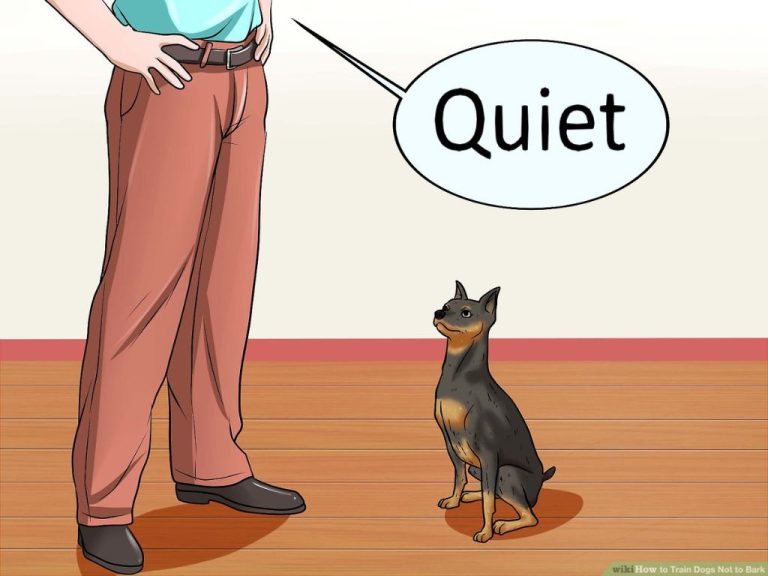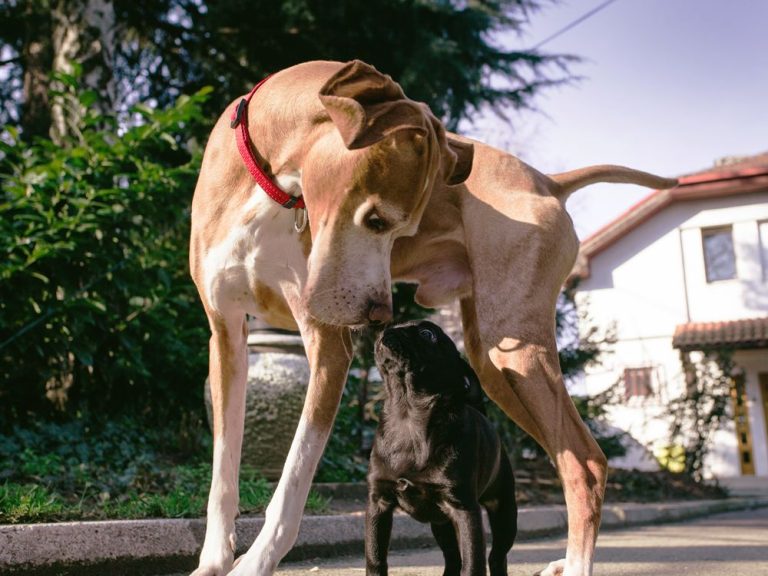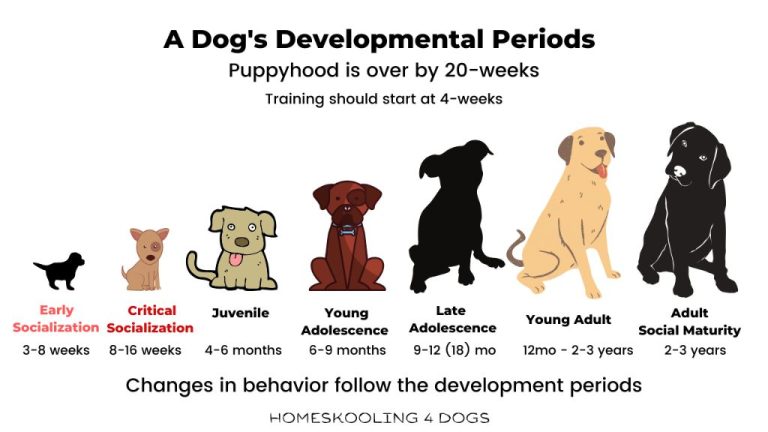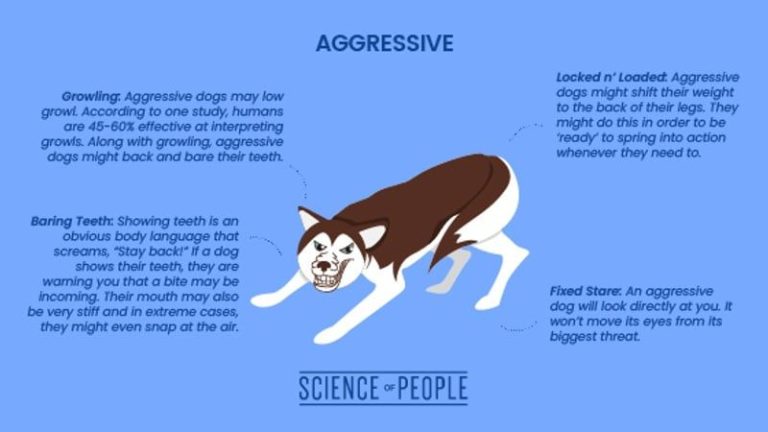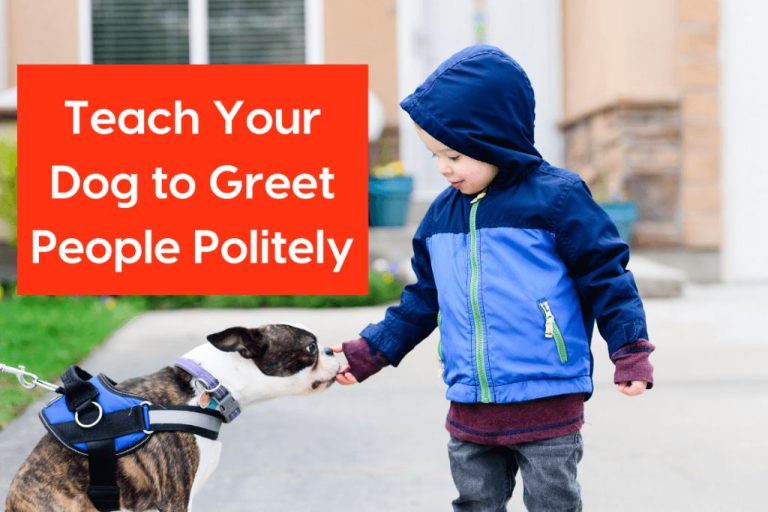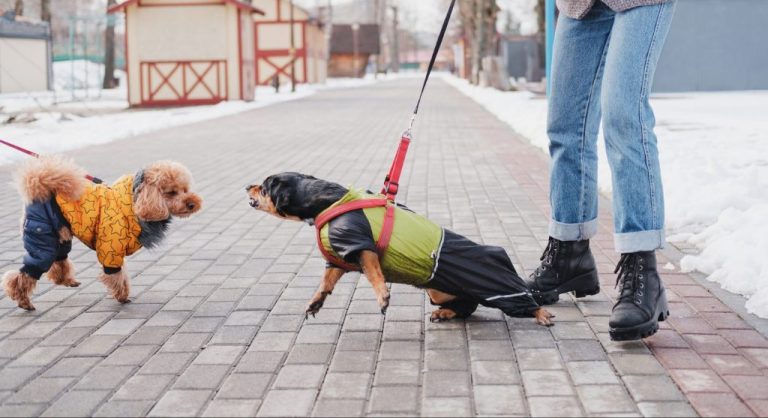Understanding Territorial Behavior: Training Approaches For A Peaceful Home
What is Territorial Behavior in Dogs?
Territorial behavior refers to actions taken by a dog to claim an area as its own and prevent others from entering or using that space. Dogs engage in territorial behaviors to establish status and protect perceived resources like food, shelter, and social relationships Aggression in Dogs – Territorial – VCA Animal Hospitals.
There are a few main types of territorial behavior in dogs:
- Resource guarding – Protecting valued items like food, toys, or resting areas
- Yard/home turf guarding – Defending the entire property from intruders
- Barrier frustration – Barking, lunging, or growling when seeing passersby behind a fence or window
- Possessive behavior – Acting aggressively when approached while eating or playing
Common triggers for territorial displays include strangers or animals approaching the home, fenced yard, or car, as well as handling a dog’s food or toys. These behaviors impact the household by creating tension and potential safety issues Treating Territorial Aggression In Dogs.
Why Does My Dog Exhibit Territorial Behavior?
Territorial behavior in dogs often stems from instinct and a desire to protect their territory. Dogs are naturally territorial animals and have an innate drive to guard their home, family, and possessions from intruders. This protective instinct likely originated from their wolf ancestors who needed to defend their territory and resources in order to survive.
However, there are several other factors that can contribute to territorial aggression in domesticated dogs:
Lack of socialization – Dogs that are not properly socialized from a young age may see strangers or visitors as a threat instead of learning to accept unfamiliar people. This can lead to territorial barking, growling, or lunging when someone new approaches their territory. Early and ongoing socialization helps teach dogs proper social skills.
Boredom – Dogs that do not get enough mental stimulation and physical exercise can become restless and act out with territorial behaviors like excessive barking. Providing enrichment activities and quality time out of the house can help prevent boredom and curb territorial aggression.
Anxiety/stress – Changes in routine, a new family member or pet, or stressful events can cause anxiety and make dogs feel the need to guard their territory more protectively. Working to minimize stressors and using techniques like desensitization can help reduce territorality stemming from anxiety.
Understanding why a dog is exhibiting aggressive territorial behaviors is the first step in addressing the problem through training, management, and potentially seeking professional help. The goal should be to help dogs feel less compelled to guard their territory while keeping visitors safe.
Signs of Territorial Aggression
Territorial dogs often display certain behaviors to warn others away from their territory. Some common signs of territorial aggression in dogs include:
Barking/growling at passersby – Dogs may bark, growl or snarl at people who walk by the home, yard, car, or other areas they believe belongs to them.
Guarding furniture/toys/food – A territorial dog may guard their toys, food bowls, beds, owner’s lap or other resources by snapping, lunging or biting when approached. According to Threedimensionaldog.com, resource guarding is a common territorial behavior in dogs.
Marking territory – Territorial dogs may urinate or defecate to mark their territory and send a warning signal to others.
Lunging/snapping on leash – Dogs may lunge, snap or bite when on leash in an attempt to keep strangers away from their territory. As noted by VCA Animal Hospitals, territorial displays may include snapping, biting, lunging or chasing.
Prevention Tips
There are several ways to help prevent territorial behavior in dogs:
Proper socialization is key. Expose puppies to new people, animals, places, sights and sounds starting at a young age so they learn these are not threats. Continue socializing dogs throughout their lives by taking them on outings to meet friendly dogs or visiting new environments (source).
Neutering or spaying your dog can reduce territorial urges, especially in male dogs. Consult with your veterinarian on the appropriate age for this procedure (source).
Provide plenty of exercise, play and enrichment activities to prevent boredom. Food puzzles, chew toys and scent games can help keep your dog happily occupied at home (source).
Establish clear leadership with your dog by setting rules and boundaries they must follow. Use positive reinforcement training to reinforce wanted behaviors. Consistency is key (source).
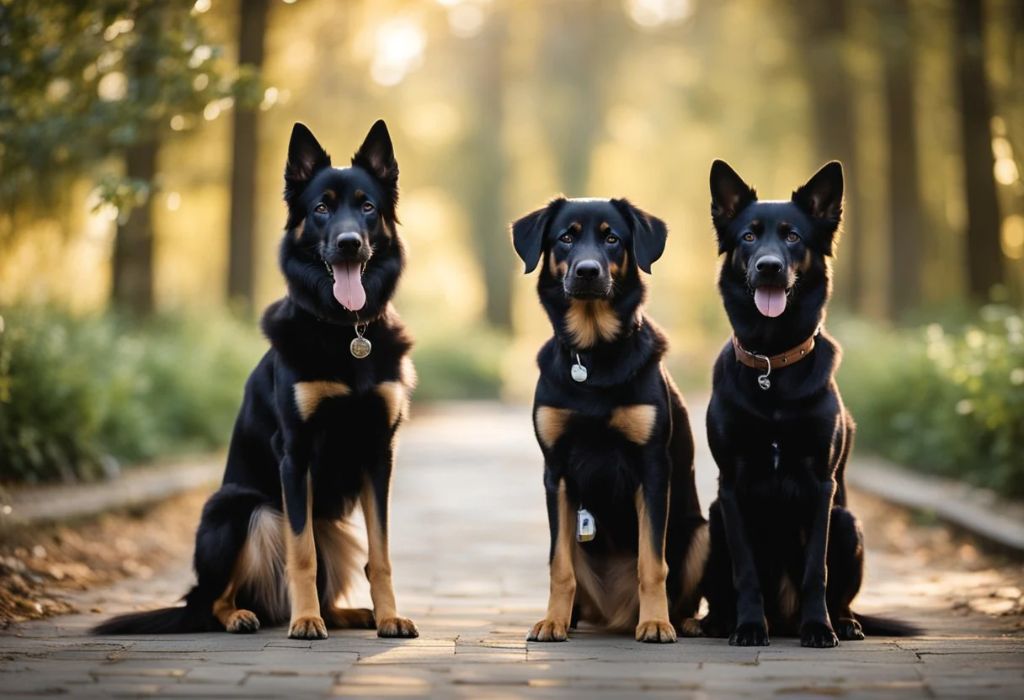
Training Techniques
There are several effective training techniques that can help reduce territorial behavior in dogs:
Desensitization involves slowly exposing your dog to the trigger that causes their territorial behavior, such as a visitor at the door, while keeping them under their threshold. Start with mild, subtle versions of the trigger from a distance and reward calm behavior. Very gradually decrease the distance as your dog remains calm, until they can tolerate the actual trigger without reacting.
Counterconditioning means teaching your dog to associate the territorial trigger with something positive, changing their emotional response. For example, when someone approaches the front door, feed your dog treats or engage them in play before they start barking. Over time, they will view the approach of a visitor as a cue for good things rather than a threat.
Redirection involves getting your dog’s attention on something positive when they start to react territorially. Have tasty treats or a favorite toy on hand to immediately redirect their focus. Redirecting prevents rehearsal of the unwanted behavior.
Place training teaches your dog they only have access to certain areas when given permission. Use baby gates, leashes, and crates to restrict access until they can demonstrate calm, polite behavior. Reward calm responses to triggers while in the designated “place.” This establishes you as the one who controls resources.
Management Strategies
There are some key management strategies that can help curb territorial aggression in dogs:
Baby Gates/Barriers – Blocking off areas of the home with baby gates or other barriers can limit access and prevent the dog from constantly monitoring and guarding those spaces. This removes the triggers and opportunities for territorial displays (The Honest Kitchen).
Crate Training – Crate training provides a safe space for the dog that is “theirs” and teaches them to relax when confined. Crates can be used strategically to remove the dog from triggering situations (VCA Animal Hospitals).
Removing Triggers – Identifying and eliminating access to primary territorial triggers (like windows or doors where they can see people passing) reduces reactive behavior. This might mean confining them to certain rooms or areas of the home.
Professional Help
In some cases, territorial aggression may be too serious for an owner to handle alone. Seeking help from qualified professionals is recommended for severe or dangerous territorial behavior.
Qualified dog trainers or animal behaviorists can assess your dog’s behavior and create customized treatment plans. They use techniques like counterconditioning and desensitization to change your dog’s emotional response and teach alternate behaviors. Consistent training under their guidance can yield excellent results.
Veterinary behaviorists are licensed veterinarians who have additional specialized training in animal behavior. They can diagnose any underlying medical conditions contributing to aggression and prescribe medication if necessary, in combination with behavior modification techniques.
Medications such as anti-anxiety drugs or hormone therapy may help reduce territorial behaviors as part of a comprehensive treatment plan overseen by a veterinary behaviorist. However, medication alone cannot solve the problem without extensive behavior modification.
The key is finding professionals with the right expertise to address your individual situation. They can provide the tools and guidance for working with your dog to reduce territorial aggression and create a more peaceful home environment.
What Not to Do
When dealing with territorial aggression in dogs, it’s important to avoid punishment-based techniques or ineffective methods that can make the behavior worse. Here are some things not to do:
Punishment/Dominance Techniques: Methods that rely on punishment, intimidation, or establishing “dominance” over your dog have been proven ineffective and can often worsen territorial aggression. Techniques like alpha rolls, scolding, or using shock collars are risky and inhumane. They do not address the underlying motivation for the behavior.
Flooding: Flooding, or overwhelming your dog by exposing them to the trigger repeatedly, is highly stressful. Forcing interaction with “intruders” will likely provoke more intense aggressive responses. Gradual exposure and counterconditioning are safer methods.
Removing Resources: Taking away items, spaces, or access that your dog guards can increase their perception of threat. Instead, use techniques like resource guarding prevention and trade-ups to positively shift their association with guarded items. Removing resources should be avoided.
Creating a Peaceful Home
Achieving a peaceful, harmonious home with multiple dogs requires consistency, patience, routine, and rewarding calm behavior. Be consistent with rules, boundaries, and training techniques across all dogs. Patience is key, as changing behavior takes time. Maintain fixed routines for walks, feedings, play time, and more. Dogs thrive on predictability. Reward relaxed, calm conduct between dogs heavily with praise and high-value treats. The more you reinforce peaceful coexistence, the more the dogs will default to tolerant behaviors.
According to multiple dog training experts like Chaco Dog Training, establishing clear rules and boundaries is essential for doggy harmony at home (https://chacodogtraining.com/part-2-strategies-for-living-in-harmony-in-a-multi-dog-household/). This includes hierarchy for access to resources like food bowls and beds. Consistent rules prevent confusion and disputes. Patience is required, as it takes time and repetition for dogs to learn appropriate conduct. Routine also promotes stability. Julie at Julius K9 recommends maintaining set schedules for feeding, play time, walks and more to avoid chaos (https://usa.juliusk9.com/blogs/news/managing-a-multi-dog-household-tips-for-harmony-and-happiness).
When to Be Concerned
If your dog’s territorial behavior has escalated to frequent or extreme aggression, it’s time to seek professional help. Signs that the problem has advanced include:
- Growling, snapping, or biting at people or animals who approach your home or yard
- Barking and lunging aggressively when people pass by outside
- Guarding rooms, furniture, or other areas inside the home
- Inability to control their behavior, even with training
Dogs who exhibit territorial aggression are often stressed and anxious. If the behavior seems to be worsening over time, it’s critical to intervene before someone gets hurt. A professional trainer or veterinary behaviorist can provide an assessment and customized treatment plan to help your dog feel safe and cope appropriately.

